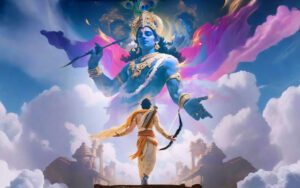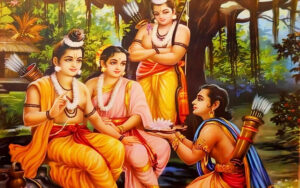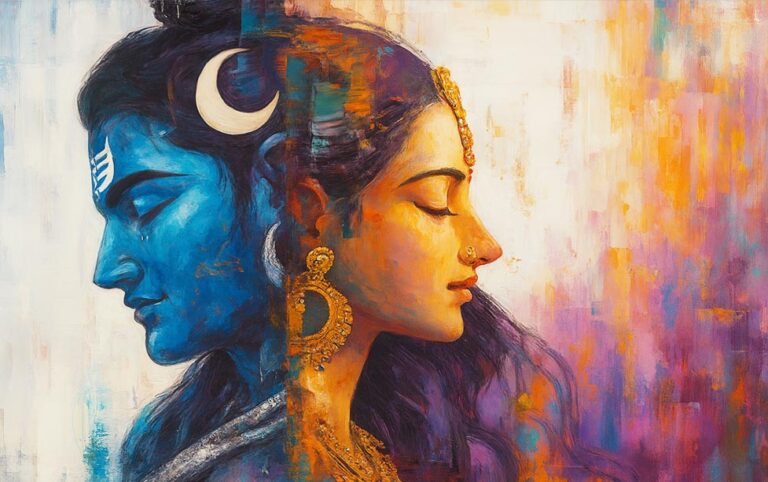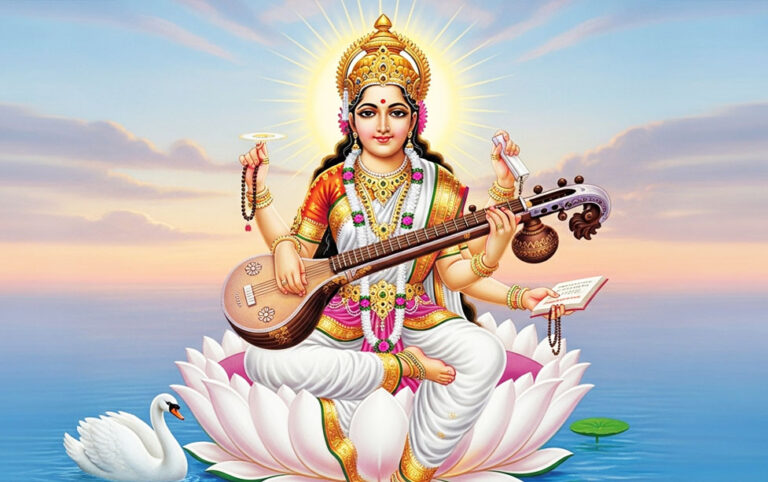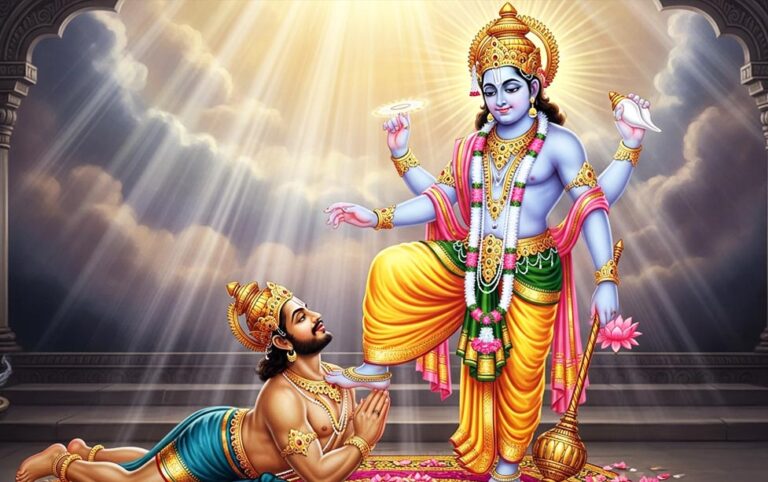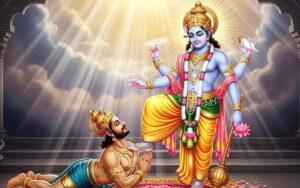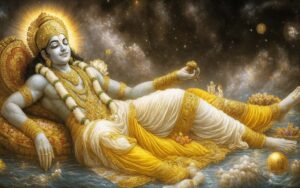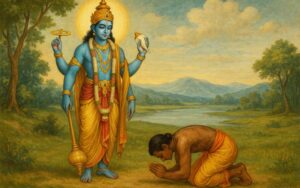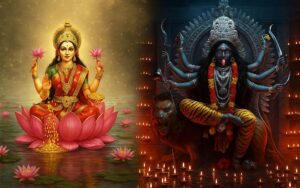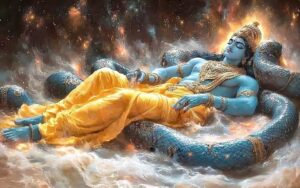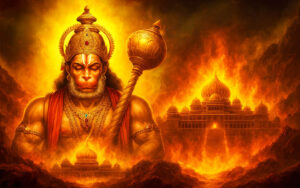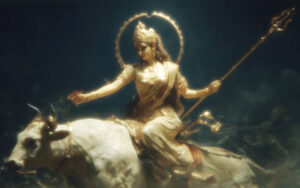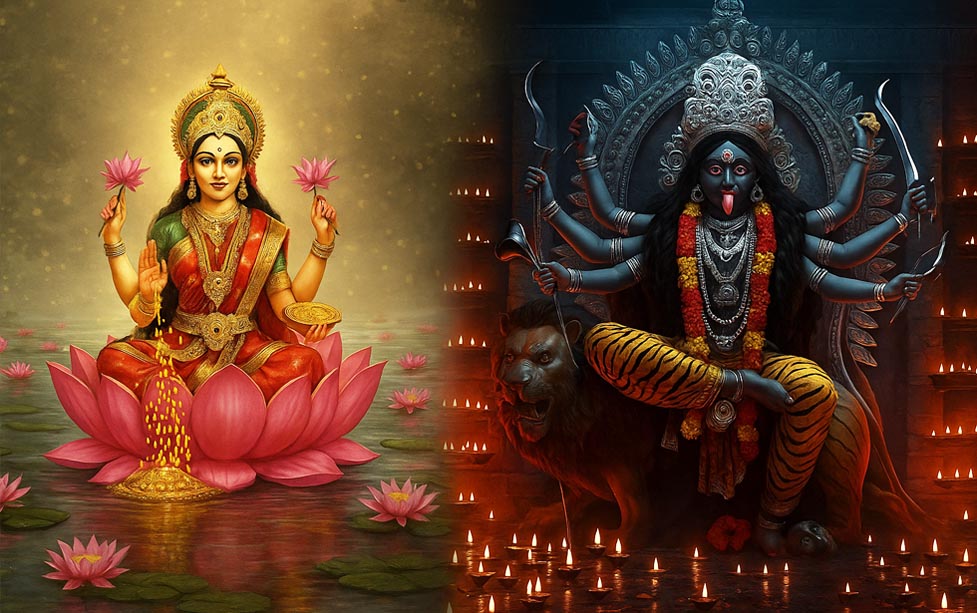
No time for reading the blog? Give it a listen on Spotify.

This Diwali, discover why amavasya's darkness is essential for true light. Learn how Goddess Kali, honored on the darkest night, paves the way for Lakshmi's abundance through shadow work.
Diwali. The very word conjures images of radiant diyas illuminating the night, a powerful symbol of good conquering evil. But have you ever wondered why this Festival of Lights is strategically placed on Amavasya—the darkest night of the new moon?
This is no coincidence. It is a profound cosmic clue.
In our rush toward the light—praying to the benevolent Goddess Lakshmi for prosperity—we often overlook the sacred container that makes the light so brilliant: the deep, fertile darkness. This Diwali, we explore a transformative metaphysical truth: to truly welcome the light of Lakshmi, you must first honor the fierce, liberating power of Kali, who reigns supreme on this dark night.
Amavasya: The Potent Void of All Potential
The new moon is not a symbol of absence, but of profound potential. It is the cosmic womb, dark, silent, and teeming with unmanifest possibility. Every seed must first rest in the dark soil before it can sprout toward the sun. Amavasya is that dark soil for the soul.
Diwali challenges us to not fear this darkness, but to illuminate it from within. The external diyas are a mirror for our inner work: to find the light of consciousness even when the outer world (and our inner world) feels at its darkest.
Kali: The Goddess of the Dark Moon
If Amavasya has a divine embodiment, it is Goddess Kali. She is the ruler of this formless void. With her dark complexion, garland of skulls, and sword, she appears fearsome. But her destruction is not meaningless chaos; it is the necessary dissolution of the ego, attachments, and illusions that block our true prosperity. She is the divine force of composting, breaking down the old to create fertile ground for the new.
You cannot have creation without first making space through destruction.
Kali as the Ultimate Shadow Worker on the Darkest Night
In modern metaphysical terms, Kali is the divine embodiment of shadow work—and Amavasya is the most powerful time to do it.
Your “shadow self” is the part of you that you repress and hide—the anger, jealousy, past traumas, and insecurities. We often try to lock this shadow away and simply place a beautiful Lakshmi statue in front of it.
But the shadow doesn’t disappear. It leaks out, creating self-sabotage and blocking the flow of abundance. This is the internal “darkness” Diwali aims to dispel.
Kali, the Queen of Amavasya, does not politely ignore the shadow; she kicks the door down and annihilates it under the cover of the dark moon.
Her dark complexion is the formless void of Amavasya itself, the source of all creation.
Her sword severs the cords of attachment to our limiting stories, just as the new moon severs the moon’s connection to the sun’s light.
She stands on Lord Shiva, mastering consciousness, showing us how to find stability in the dark, formless state of pure potential.
By honoring Kali on Diwali, you are not celebrating darkness; you are celebrating the courage to bring a light into your own darkness. You are aligning with the cosmic power of Amavasya to consciously reset your soul.
Kali and Lakshmi: The Unbreakable Cosmic Cycle of Dark and Light
To see Kali and Lakshmi as separate is to misunderstand the rhythm of the universe. They are two phases of one divine process, perfectly mirrored by the lunar cycle of Amavasya and Purnima (full moon).
Kali is the Amavasya. She is the powerful, dark stillness that allows for the old to be cleared away. She is the necessary void.
Lakshmi is the waxing moon that follows. She is the gentle, growing light of abundance, prosperity, and beauty that can only emerge from a cleared and fertile space.
In your own life:
The end of a painful relationship (Kali’s Amavasya) makes space for a healthier one to enter (Lakshmi’s waxing light).
The dismantling of a limiting belief (Kali’s sword on the dark night) allows for new wisdom to flourish (Lakshmi’s grace).
The conscious feeling and release of repressed grief (Kali’s roar in the void) creates the internal space for profound joy and peace (Lakshmi’s abundance).
Lakshmi cannot reside where there is no space for her. She will not settle on a foundation of egoic clutter. Kali’s sacred, and often misunderstood, role is to be the divine space-clearer under the cover of Amavasya, preparing the inner temple for the goddess of abundance to dwell permanently.
A Truly Illuminated You
This Diwali, lean into the darkness of Amavasya. Do not rush to flip the switch. Instead, sit in the quiet for a moment and honor the Kali within—the part of you brave enough to destroy limitations and face the shadow.
Welcome her not as a threat to your peace, but as the very force that makes true, lasting peace possible. For it is only in the fertile, cleared void she provides—the sacred Amavasya within—that the lotus of Lakshmi’s true, lasting abundance can finally take root and bloom.
This conscious embrace of the entire cycle—the dark and the light—is the ultimate victory of illumination.
This is the real Deepavali.




